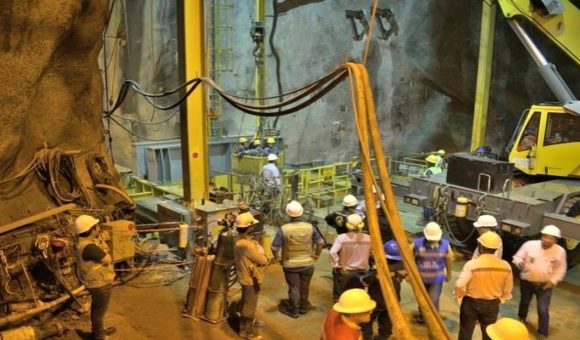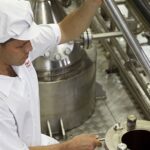Medellin, Bogota Suffer Nation’s Worst Air Pollution: IDEAM

Colombia’s national Institute of Hydrology, Meteorology and Environmental Studies (IDEAM) on November 23 unveiled a new “Air Quality Report 2011-2015” showing that Medellin and Bogota suffer the worst air pollution in the nation.
By 2015, the most contaminated areas with air-pollution monitoring stations were the Kennedy neighborhood of Bogota (for “PM 10” coarse particulate-matter) and the Exito San Antonio monitoring station in Medellin, according to the report.
The worst areas for fine particulate matter (“PM 2.5”) were at the monitoring station in the Medellin suburb of La Estrella and the Carvajal-Sevillana monitoring station in Bogota.
“PM 2.5 — particles smaller than 2.5 microns — affect the health of the population, especially sensitive groups such as pregnant women, children, the elderly and people with cardiovascular and pulmonary diseases,” according to the IDEAM report. “The smaller the size of the particulate material, the greater its penetration into the body, causing obstruction of the airways. The longer the exposure time, the greater the affectation.”
Medellin has seen a gigantic explosion in its car, truck, bus and motorcycle population in the last 10 years, resulting in huge increases in air pollution.
While Colombia has recently upgraded its oil-refining system to enable the production of ultra low sulfur diesel (ULSD) and low-sulfur, lead-free gasoline — fuels which enable advanced catalytic emissions controls — many of the nation’s trucks and buses are old, obsolete black-smoke-belchers, while obsolete, two-stroke motorcycles spew toxic blue smoke.
The resulting air pollution in major cities has caused an alarming increase in respiratory diseases.
During the five-year study, “the most contaminated year was 2014, where it was found that 25% of the [pollution monitoring] stations exceeded the maximum permissible limits of Resolution 610/2010 for PM-10,” according to IDEAM.
Under Colombian law, “all municipalities with a population greater than 50,000 inhabitants or those in which a problem of air pollution is evident must have a [pollution monitoring] surveillance system,” according to the Institute.
“However, in Colombia there are cities such as Riohacha (Guajira), Soledad (Atlantic), Cartagena (Bolívar), Sincelejo (Sucre), Apartadó (Antioquia), Barrancabermeja (Santander), Villavicencio (Meta), Buga, Palmira and Tuluá (Cauca) and Florence (Caquetá), among others, that do not have this monitoring.
“In order to comply with World Health Organization standards, it is necessary to implement emission reduction measures mainly in fixed sources (industries), mobile sources, fuel quality and alternative means of transport, among others,” the Institute added.
A thermal-inversion event in May 2016 triggered a “red alert” that forced metropolitan Medellin authorities in the Aburra Valley to warn residents to stay indoors and avoid outdoor exercise, the report noted.
“There is a relation between the concentration of particulate material in the air and the number of cases treated by acute respiratory infection (ARI),” IDEAM added.
“Events such as this year in the Aburra valley can be repeated, as it responds to the combination of its geographical location and the weather conditions that created a thermal inversion process, preventing the dispersion of pollutants.
“It is evident that the issue of air quality, despite being a fundamental aspect for the health and well-being of Colombians, has not received the attention required in all the regions of the country and important advances in monitoring are still lacking, [along with] the proper development of policies for public health,” the report concluded.
















